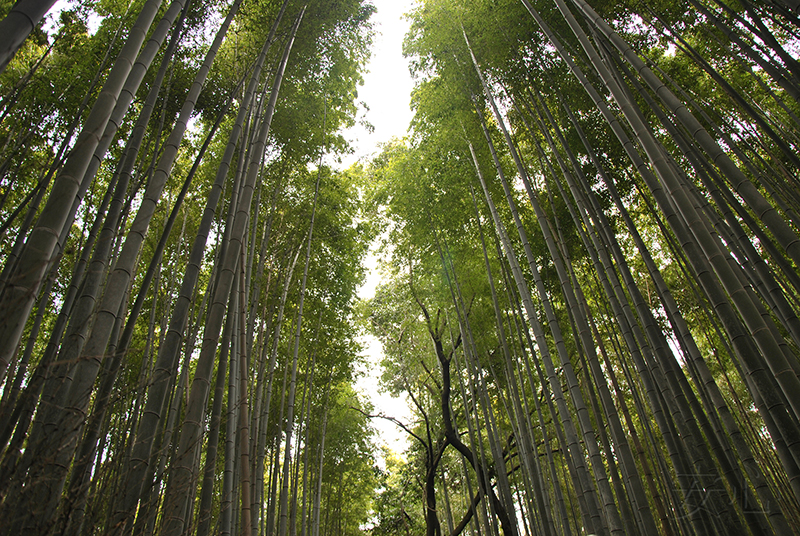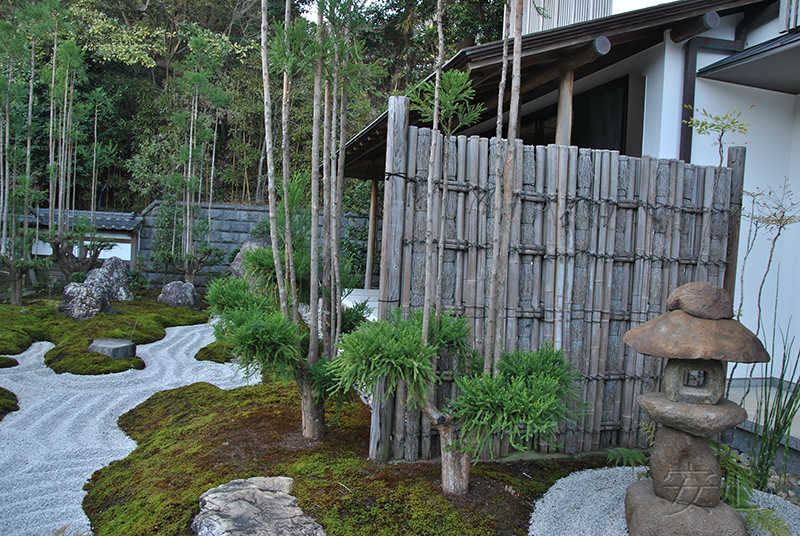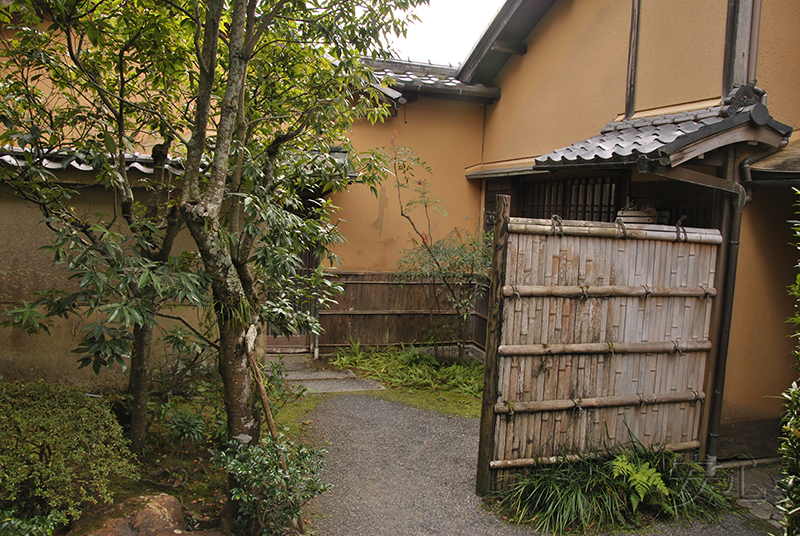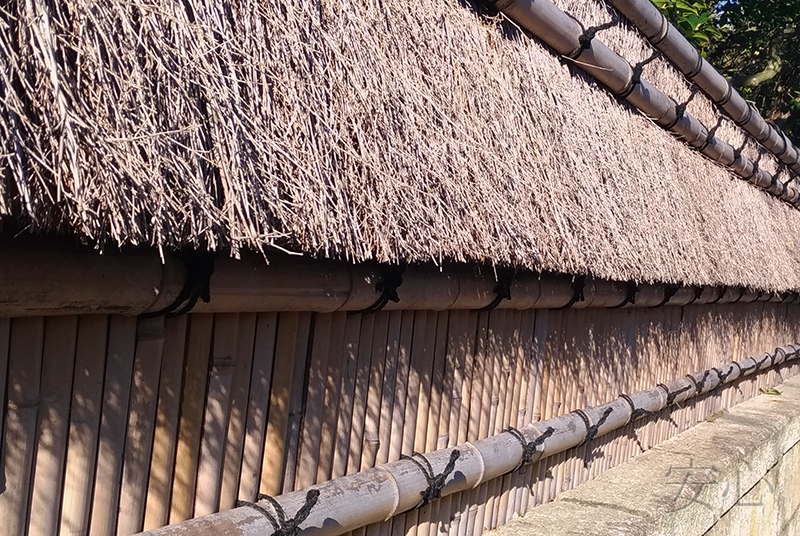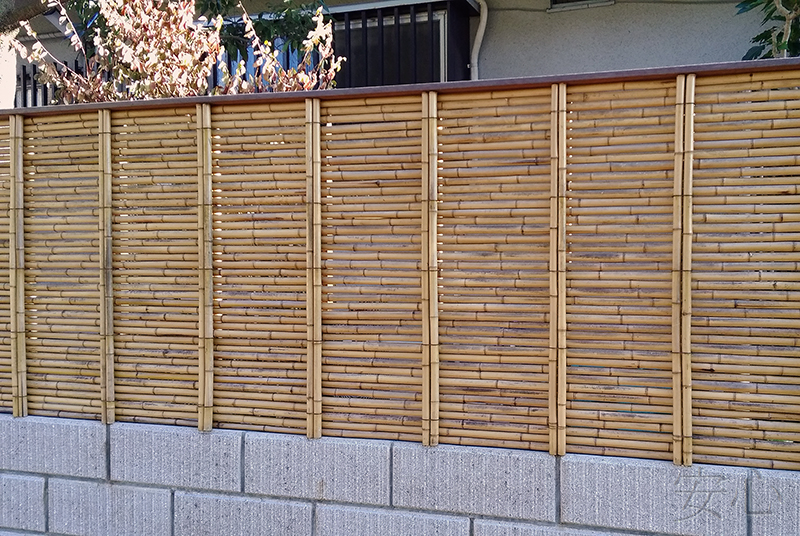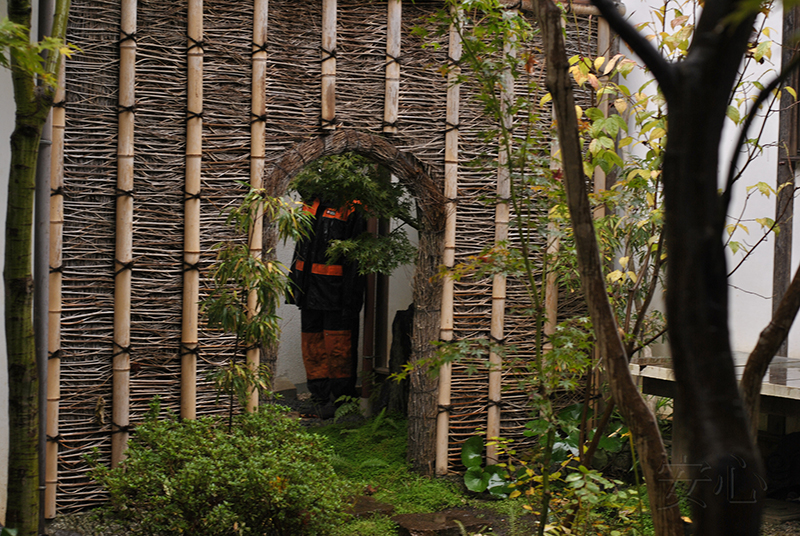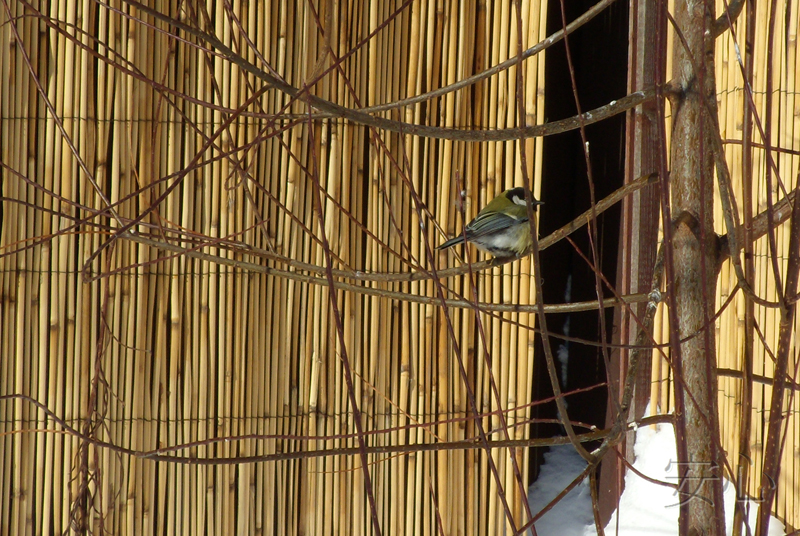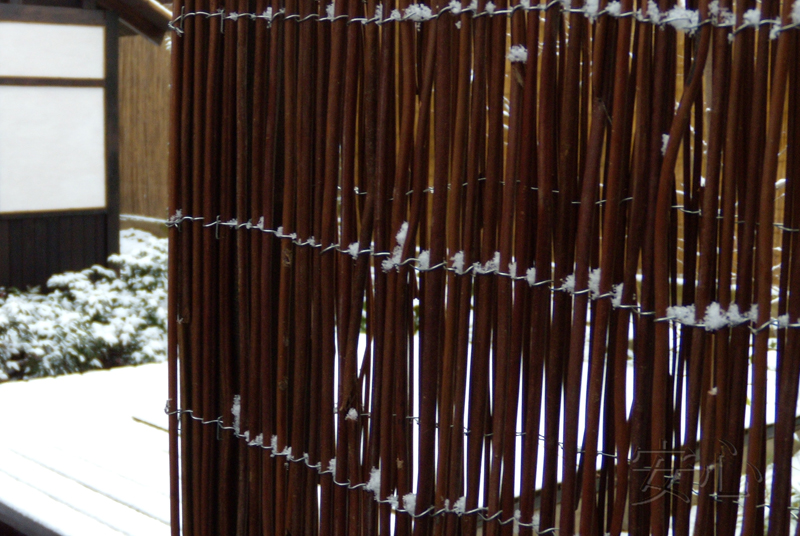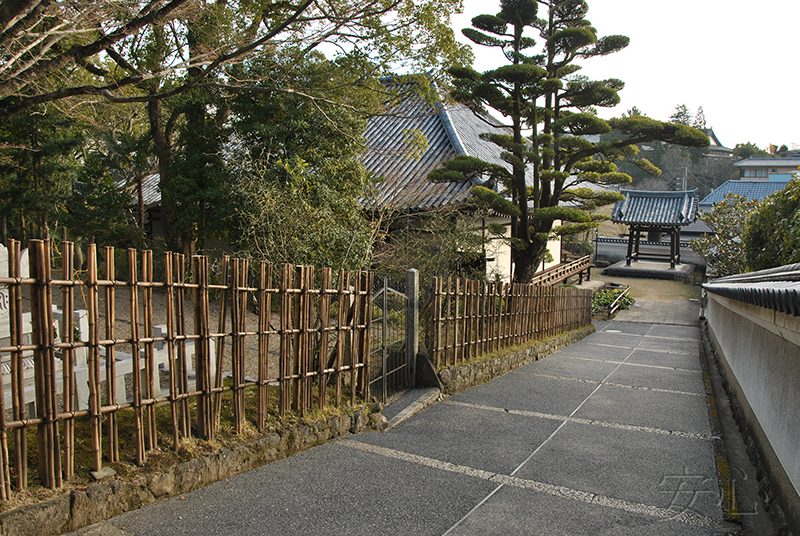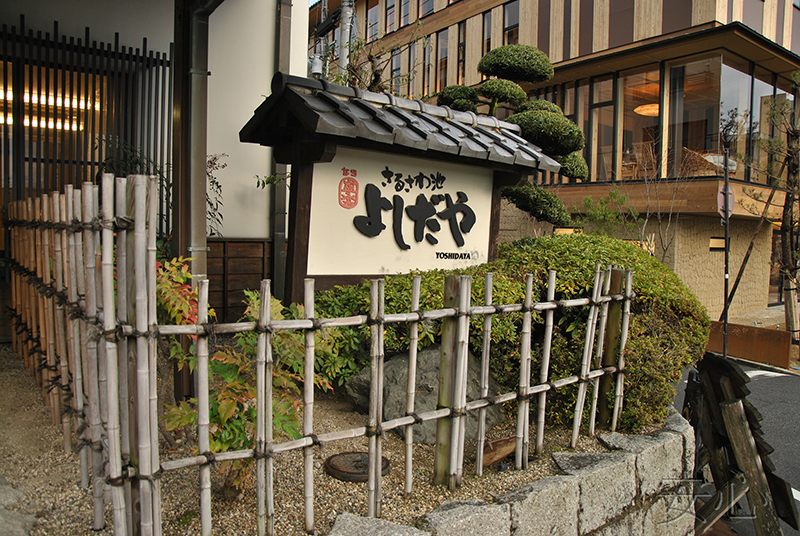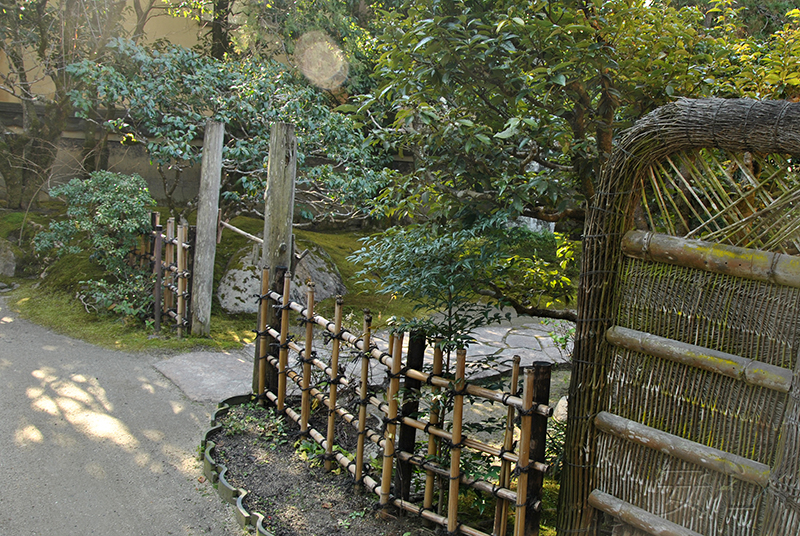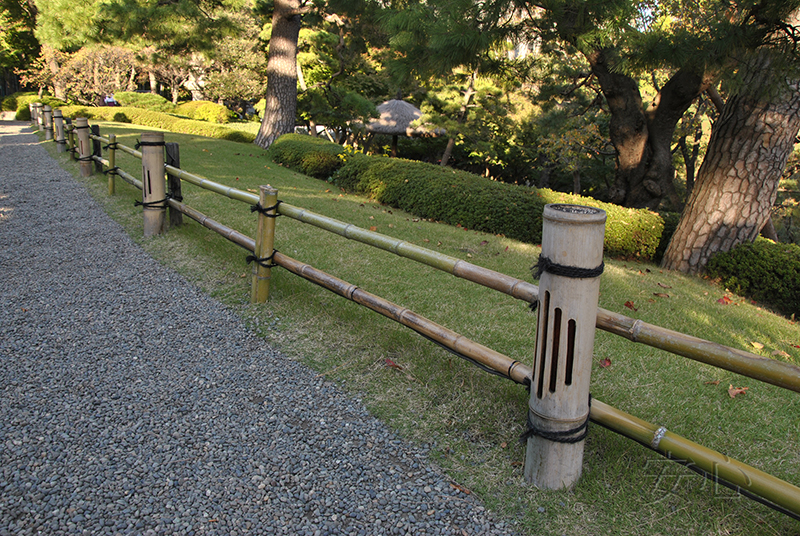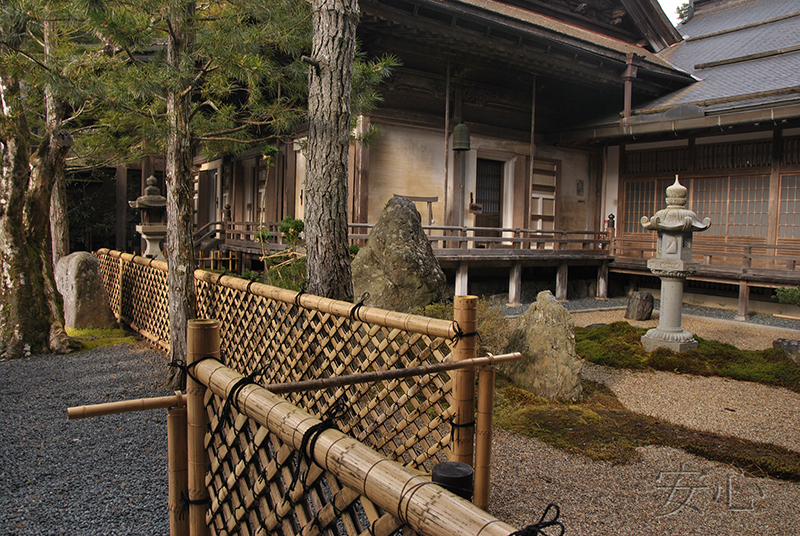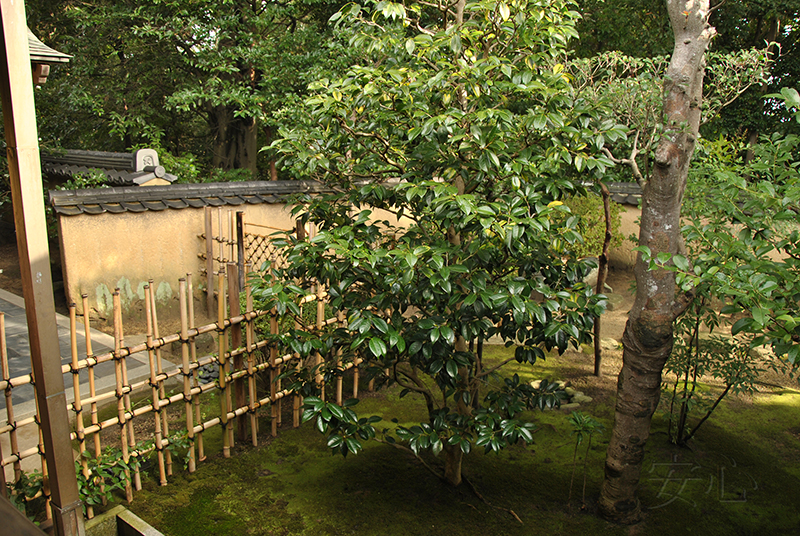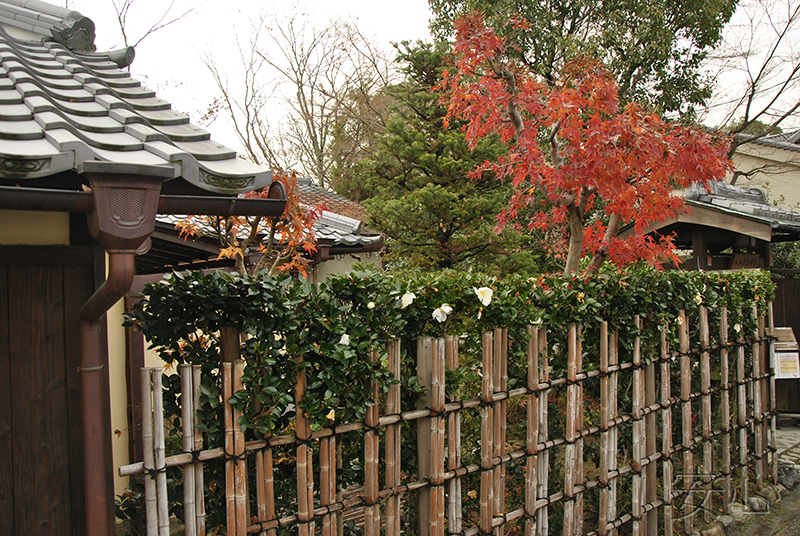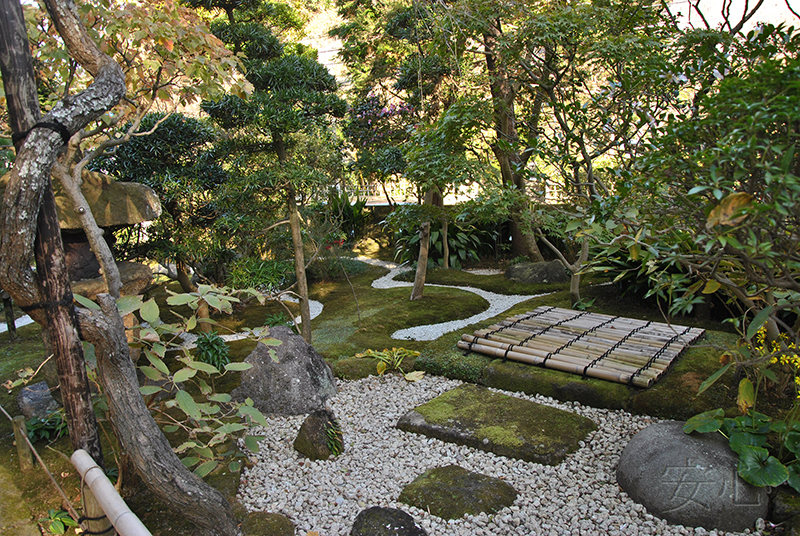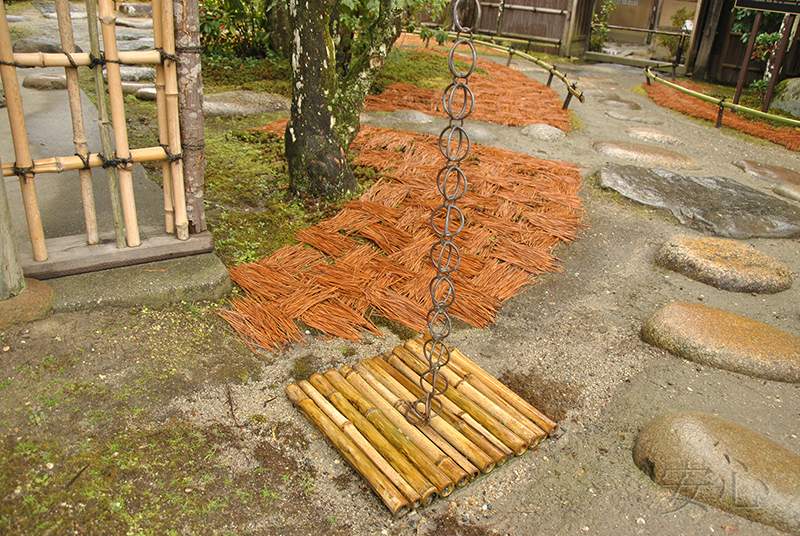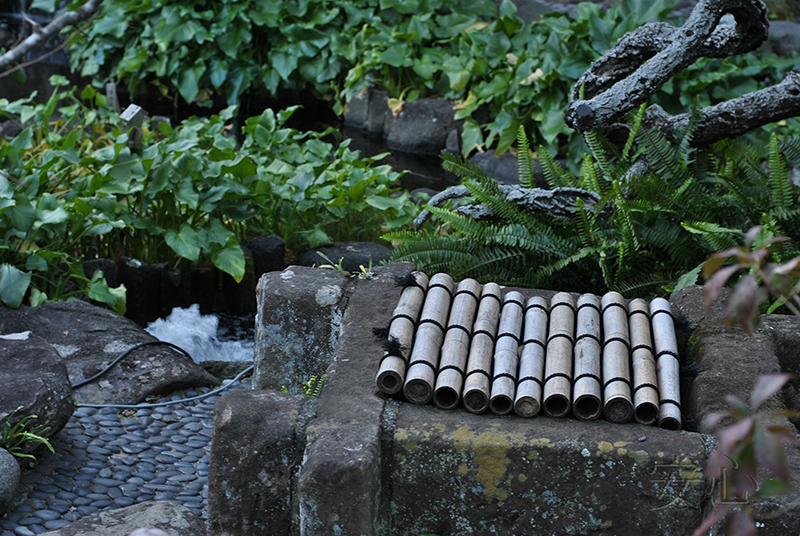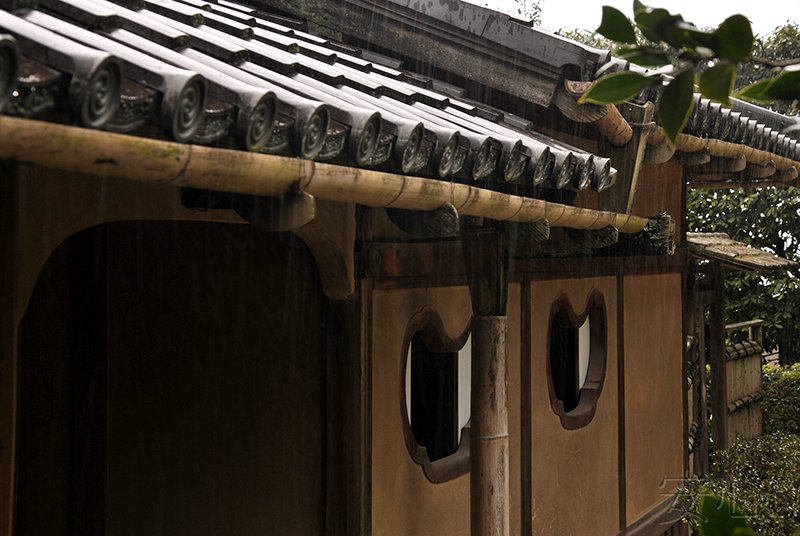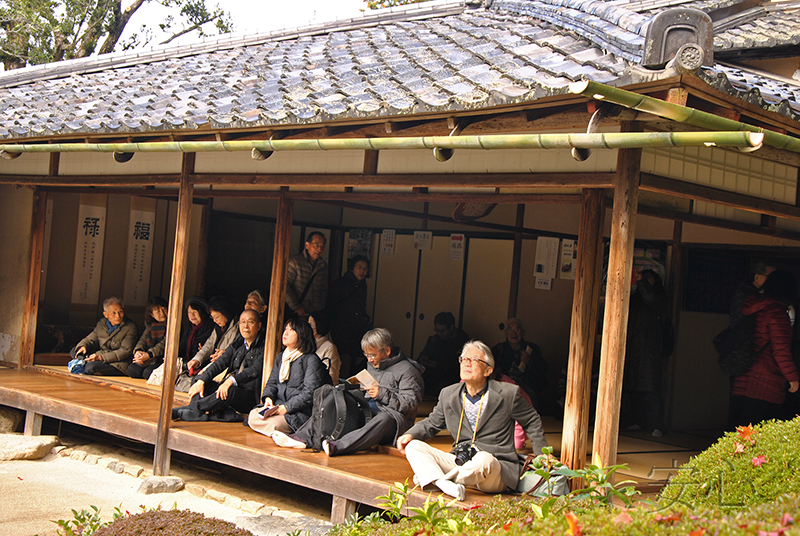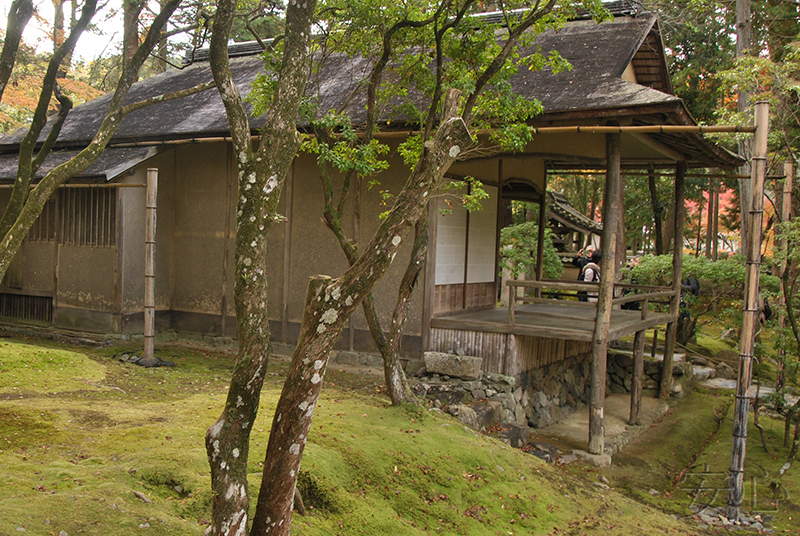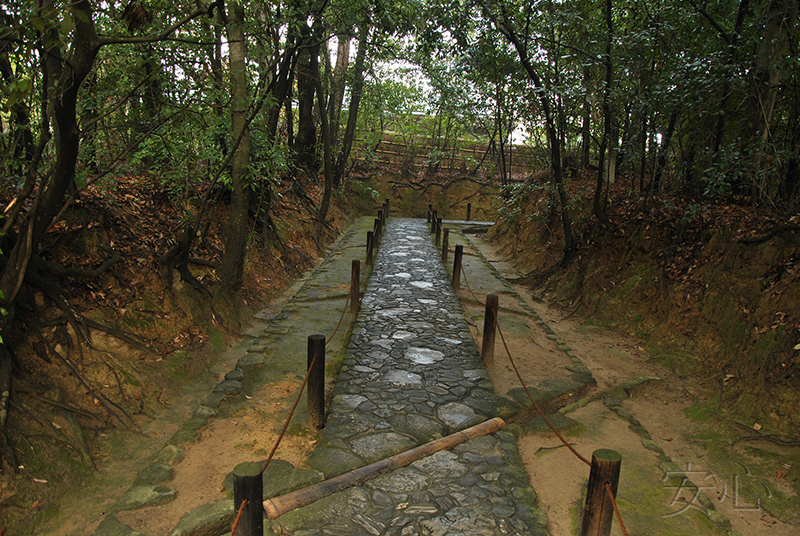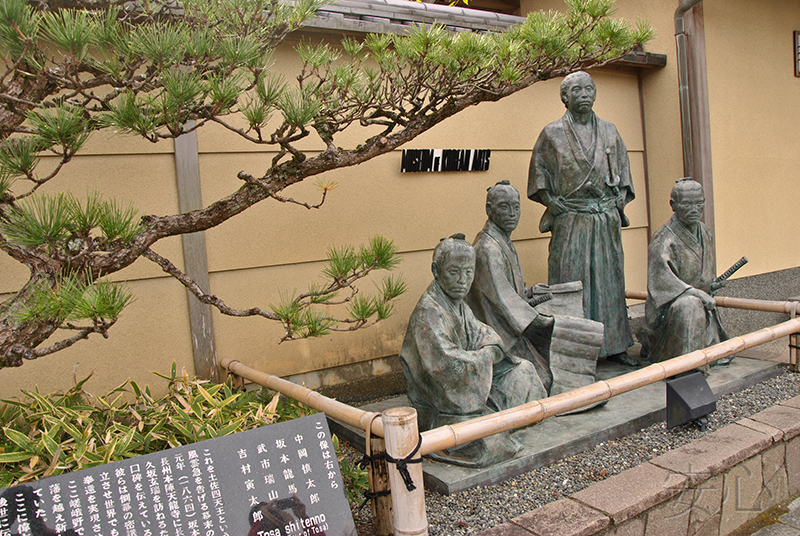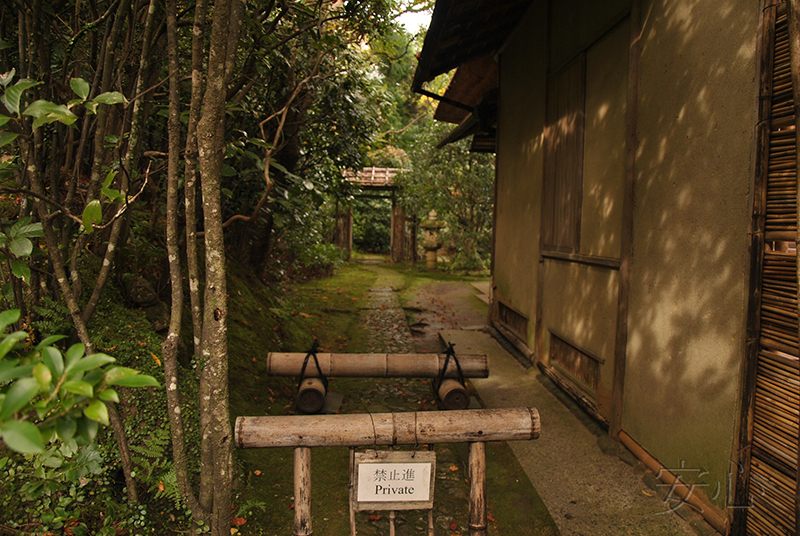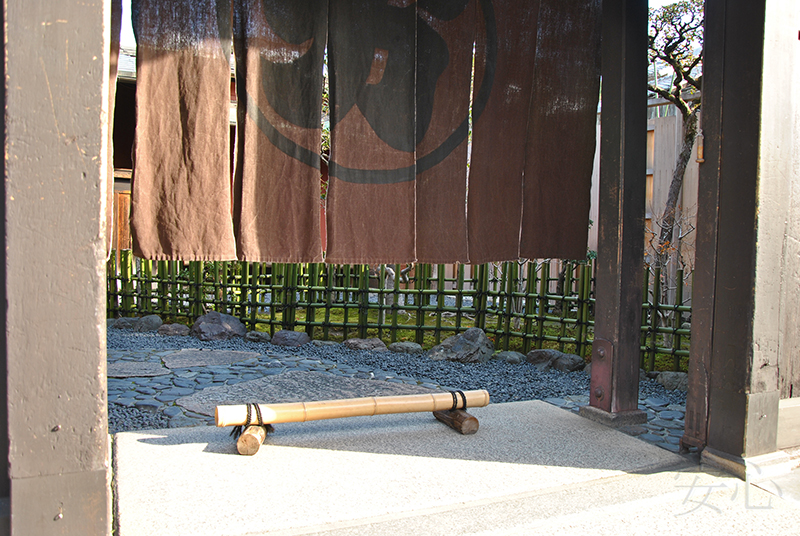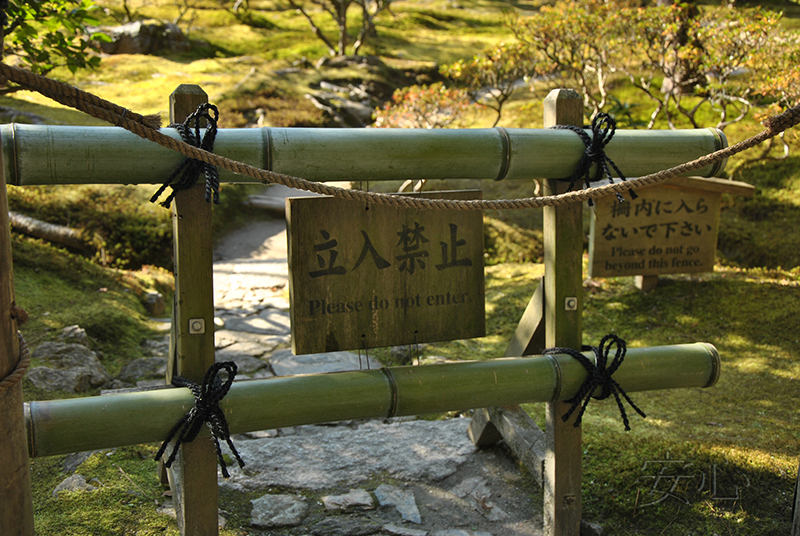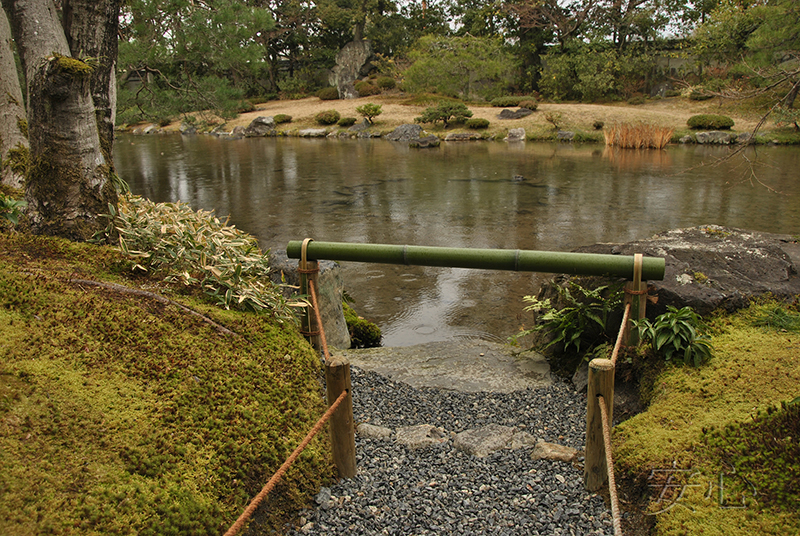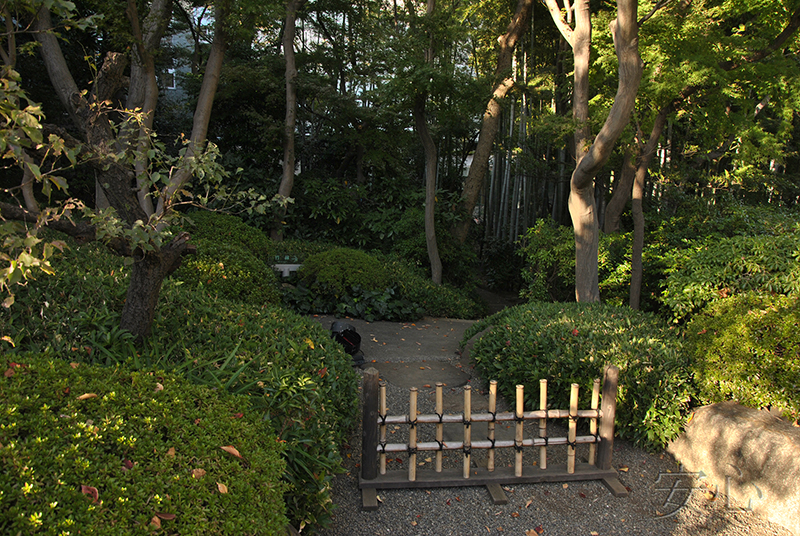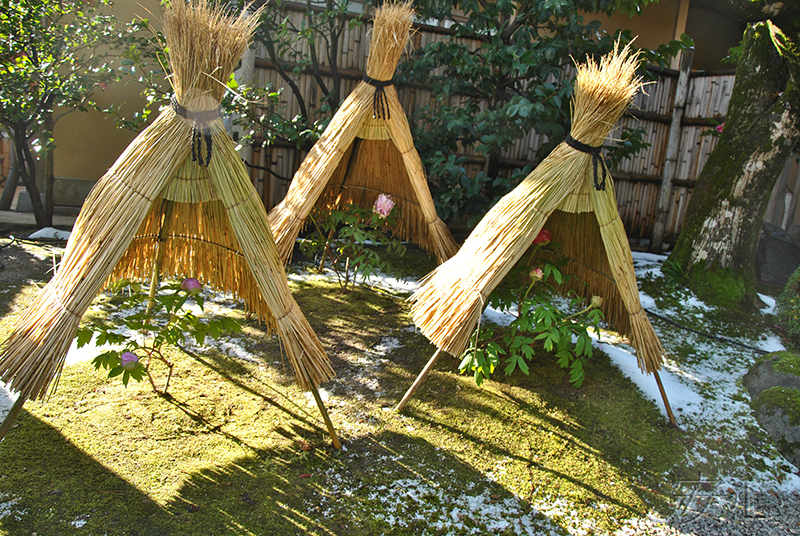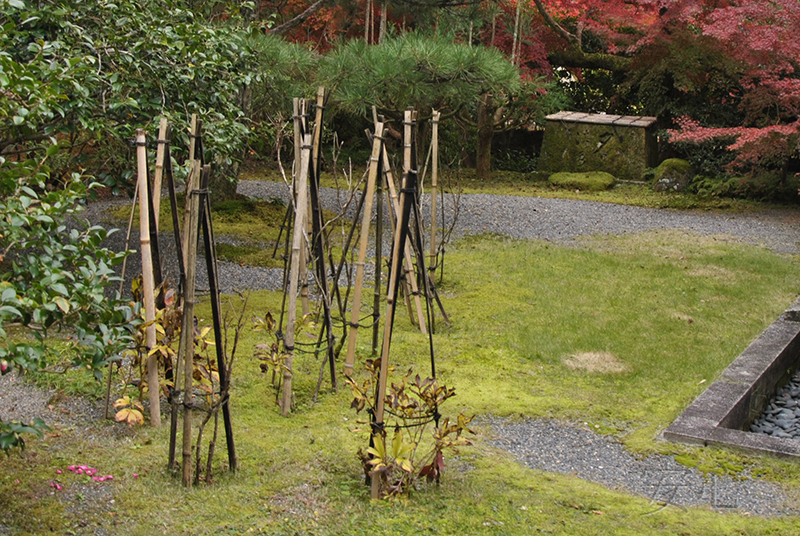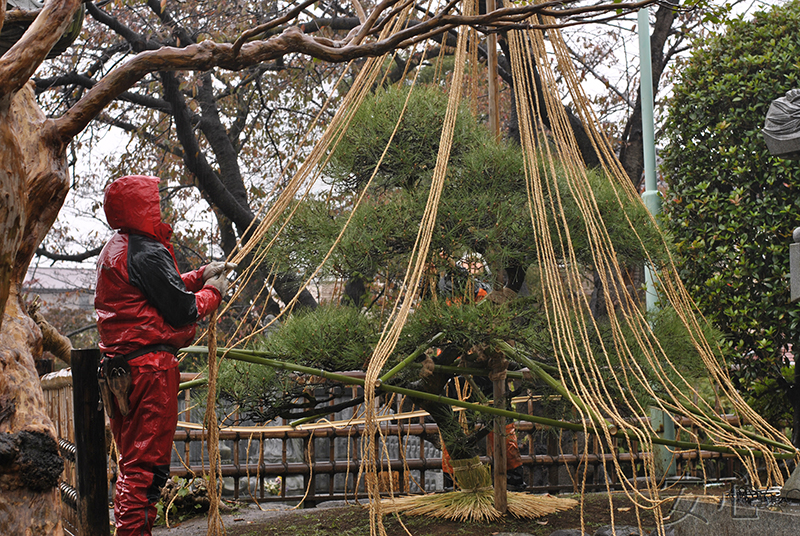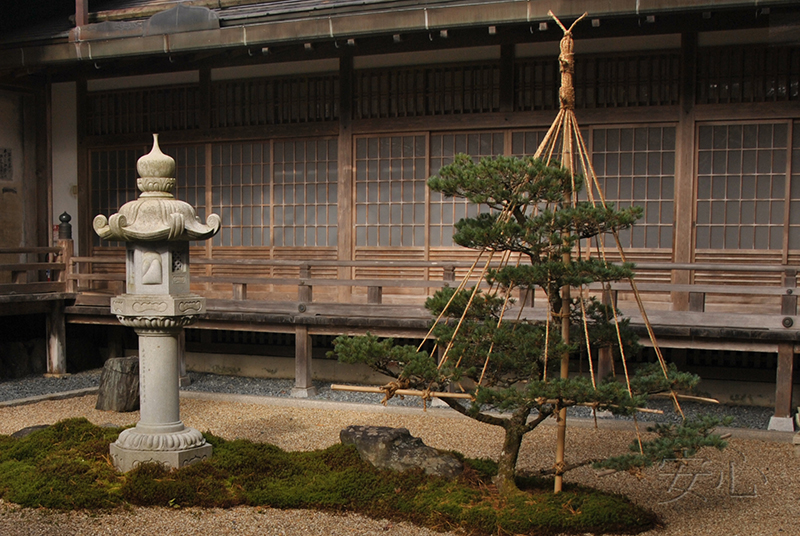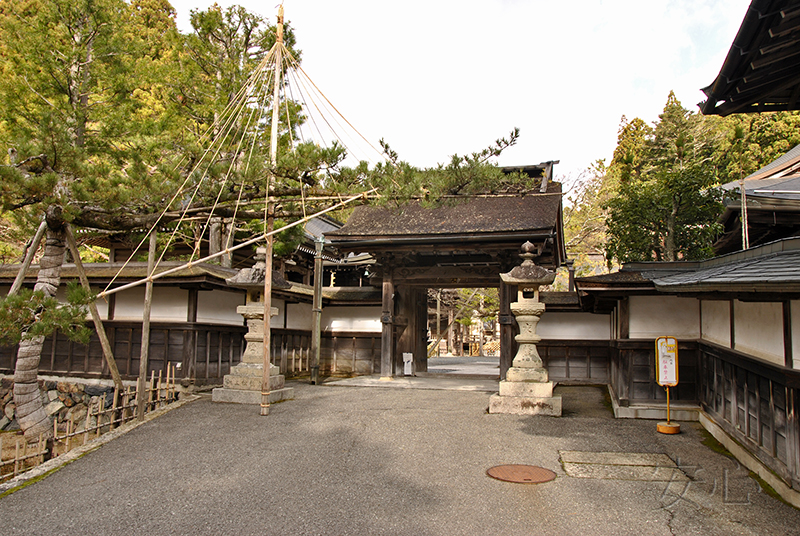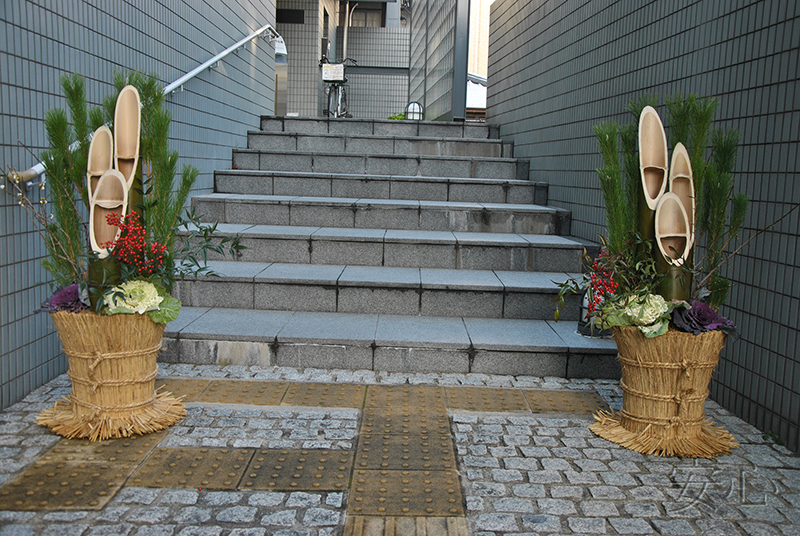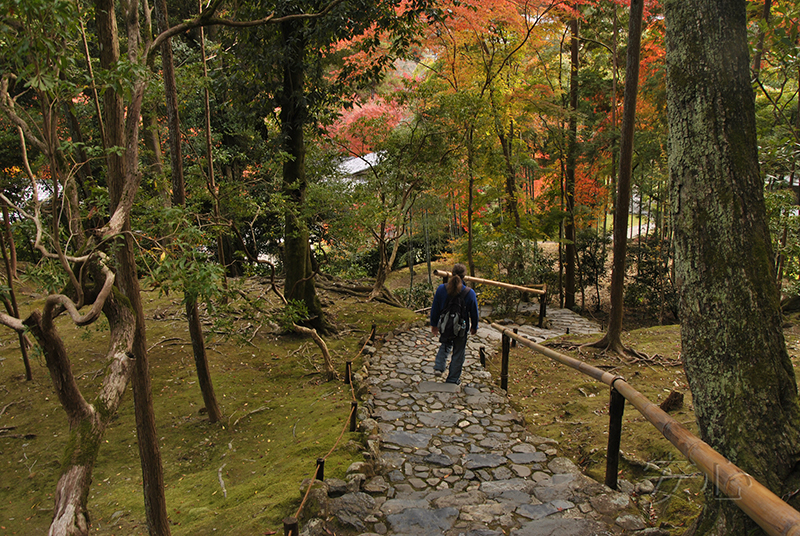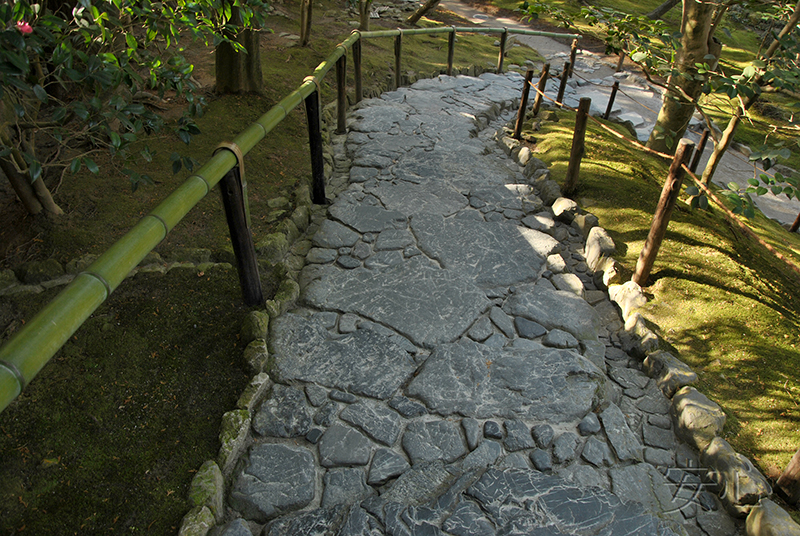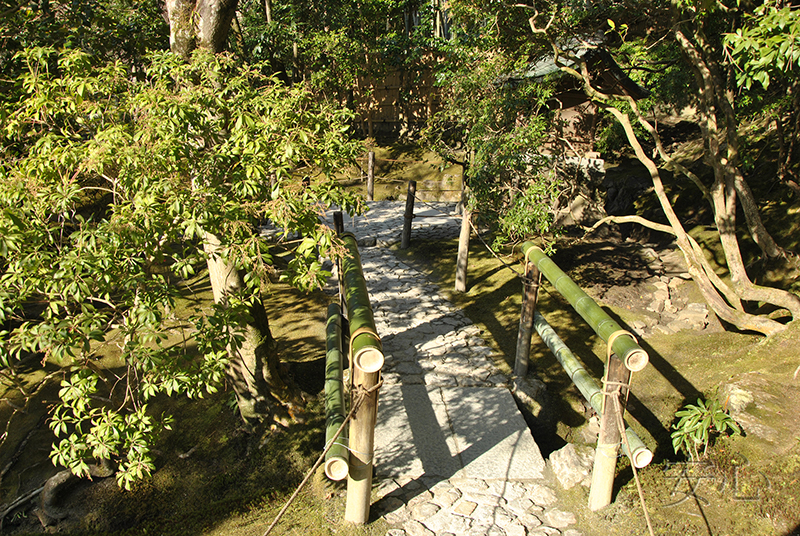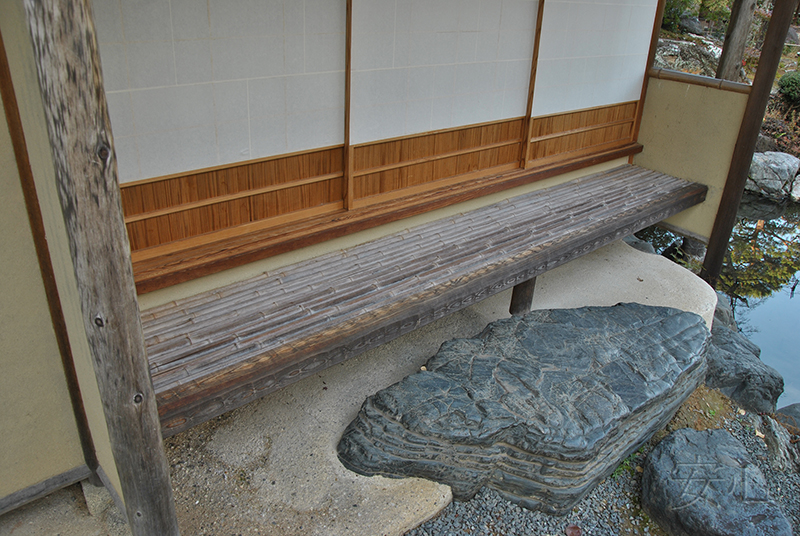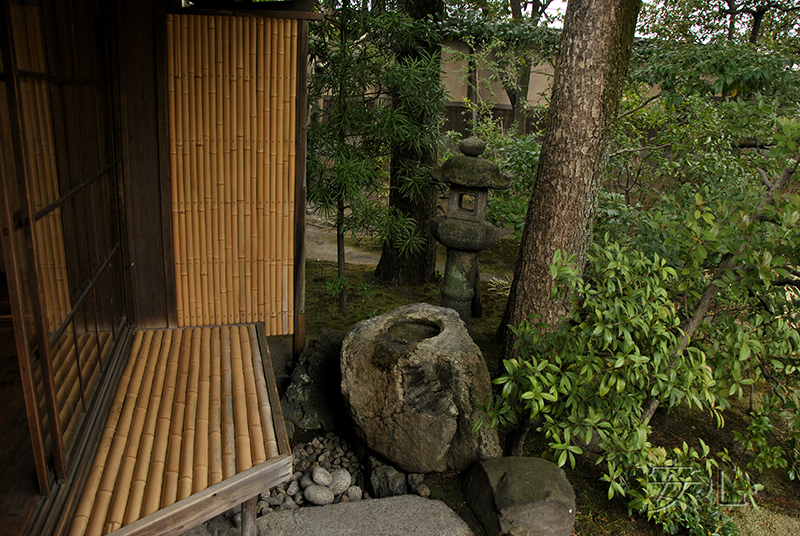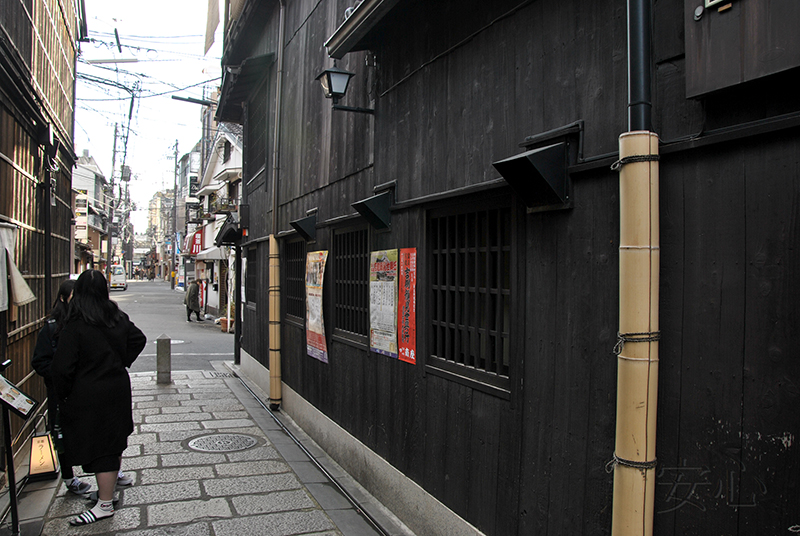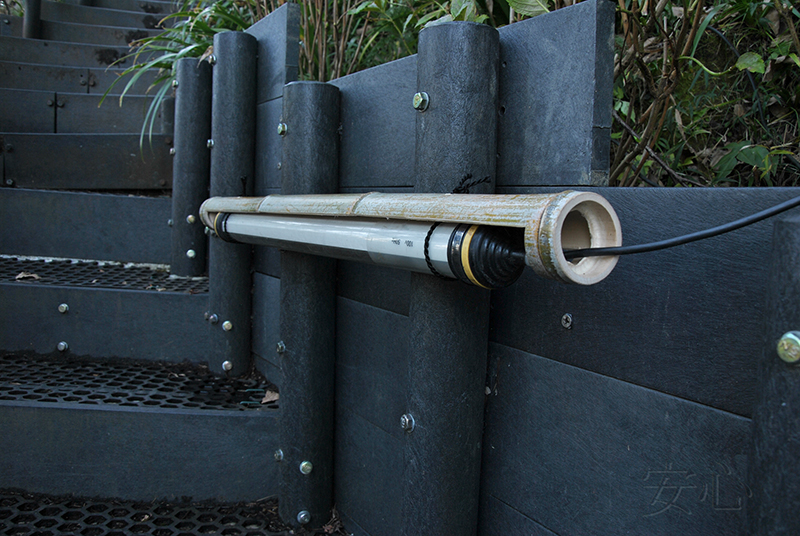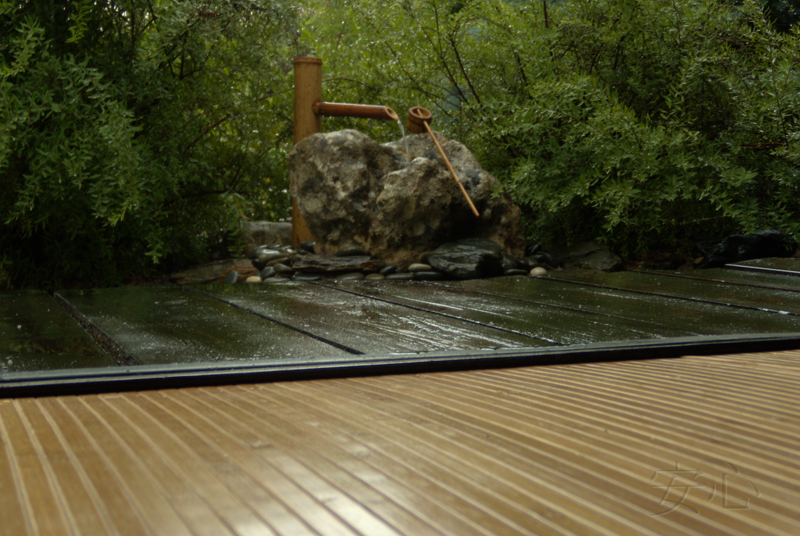
Bamboo in Japanese gardens
Some principles of organizing a Japanese garden originate from Zen-Buddhism, the main features of which such as simplicity, naturalism, understatement and refinement are embodied in a Japanese garden. I would like to highlight two important concepts. The first one is "koko" which means "aged", the beauty of it. The second one is "shizen": naturality, the lack of artificiality or complicated decorations. Bamboo fits all these qualities best. No wonder this plant symbolizes firmness, dignity, courage and elegance in Japanese culture.
Bamboo grove in Arashiyama, Kyoto
Bamboo is unique due to its properties. ItТs very strong, beautiful and ages rapidly in the open air, giving a noble patina of time to a garden.
Hasedera Temple, Kamakura
Kamigamo Nishimura Villa, Kyoto
The Japanese use bamboo a lot, so itТs rare to see a garden without this plant. It grows quickly and looks great. Bamboo can be found as in large gardens of Japan, as well as in small ones, like tsubo. It goes well with stones and gravel. There are groves of bamboo and small groups of it. Although bamboo canТt survive our winter and is suitable only for the gardens in the south, different things made from bamboo are widely used. They will perfectly suit your garden and give it a Japanese look.
First of all, these are, of course, various hedges, which, according to their purpose, can be real or symbolic. Real walls and hedges serve as a separating or protective function. They are usually made of wood or stone. However, if the aesthetic principles of the garden require it, an existing wall can be decorated with bamboo, or even completely made of it. True, the thickness of the trunks should be appropriate.
Fence on one of the streets of Kamakura
Sometimes you can see walls that are a real work of art. They are often made from twigs or reeds, with addition of bamboo. But making such a fence by yourself is quite difficult.
Wall with bamboo elements in the temple garden, Ebina
In addition to bamboo, reed mats can also be a nice decoration for covering a fence or a wall. However, these mats eventually get dark, even black, so it would be useful to impregnate them with varnish for boats or something else. Although they will not give one hundred percent guarantee. But on the other hand, darkened reeds look so Japanese! :)
Reed mats on the fence
A fence made of a tree fern could be a great solution as it is initially darker and stronger and doesnТt need special treatment.
Fence of the tree-fern
What concerns symbolic fences, itТs desirable to make them of bamboo. Thickness of the trunks should correspond to the size of the garden, the size of the fence and its function. A small fence made of thick bamboo trunks looks ridiculous in a small garden, while thin and rare stems can be lost and donТt look impressive on a bigger area. Being symbolic, these fences arenТt solid. Two or three bamboo stems are tied together and put at regular intervals. The number of bamboo sticks can be the same or different in each segment of the fence.
Bamboo fence, Nara
You can also see the fences where the sticks are put one by one at equal distance.
Shisen-do Temple Garden, Kyoto
¬ некоторых садах ограждени€ низкие, без вертикальных палок.
Happo-en Garden, Tokyo
And somewhere the fence is a complex interweaving of bamboo halves.
Temple Garden, Koyasan
Bamboo became extremely popular in the late Middle Ages (17th -19th centuries), when tea gardens were popular in Japan. Those gardens (rodji) were specially organized areas in front of tyasitsu, tea house. That place was a so-called СintermediateТ zone between the outer world and the world of a tea ceremony. Bamboo fences became the symbol of the division. The fences could be of different height (but not too tall) and different density. They can be solid, and almost transparent.
Jiko-in Temple garden, Yamatokoriyama
Living plants planted in a row were often intertwined in the fence.
Fence in a private garden, Nara
Gates can be also made of bamboo although itТs better to combine it with wood: the frame is wooden while the laths are bamboo.
A bamboo fence can also highlight a particular view or element in your garden. If you put it behind a tsukubai bowl or next to a Japanese lantern, it will make them look more attractive. The corner of the garden with a nice plant, such as a Japanese maple, will look more interesting if it’s decorated with bamboo. You can also use bamboo screens to cover some untidy parts of your garden. This way you can hide working tools, barn and more. Wells and drains are especially often covered with bamboo.
Hokoku-ji temple garden, Kamakura
Isui-en Garden, Nara
Hasedera Temple, Kamakura
The Japanese make gutters from halves of bamboo. Of course, because of our climate, we should not put it on the house, but it will look nice in a summer-house or under a small canopy.
Shisen-do Temple Garden, Kyoto
Saiho-ji Temple Garden, Kyoto
And in the Jiko-in garden, bamboo was part of the drainage system.
Jiko-in Temple Garden, Yamatokoriyama
You can fence something with bamboo.
Arashiyama District, Kyoto
But, perhaps, most often, restrictive structures are made of it. This can be done in our gardens too. If you want to close the passage for others in any place, it is enough to put up such a fence.
Okochi Sanso villa, Kyoto
Street of Kyoto
Ginkaku-ji Temple Garden, Kyoto
Murin-an Garden, Kyoto
Happo-en Garden, Tokyo
Just like us, the Japanese make plant protection for the winter. Usually peonies protect from snow breaks.
Yushi-en Garden, Matsue
Saiho-ji Temple Garden, Kyoto
And, of course, they protect pines. True, for pines the construction is more complicate, and professionals should make it. We were lucky to see this action, and even to take part. Such protection is called yukitsuri, it protects pine branches from breaks after a snowfall. In the center, next to the trunk, there is a long bamboo stick, and below there is a circle divided into sections (also made of bamboo). Strong ropes are stretched from the crown to the circle, thanks to which the branches receive additional support and do not break under the weight of the snow mass.
Setting up yukitsuri in the temple garden, Ebina
Yukitsuri in the temple garden, Koyasan
And sometimes, only one branch of a pine, the longest and heaviest needs protection. Usually these pines formed in the mon-kaburi style.
Protecting a pine branch above the temple entrance, Koyasan
For the New Year, the Japanese make a kadomatsu, which consists of bamboo, branches, flowers, berries. If you have a Japanese garden, this decoration will look very nice in winter.
Kadomatsu at the hotel entrance, Kyoto
Bamboo is so widely used in Japanese gardens that it is difficult to list everything in one article. Therefore, I only mark the most common cases. For example, bamboo railings. They are very durable and comfortable. Bamboo railings are appropriate both on stairs and on bridges.
Saiho-ji Temple Garden, Kyoto
Ginkaku-ji Temple Garden, Kyoto
Benches can also be made of bamboo. In this case, you mast take care to ensure that the trunks are smooth and that people sitting on the bench do not tear their clothes. The edges must be covered or sanded.
Hashimoto Kansetsu Villa, Kyoto
Murin-an Garden, Kyoto
Of the unusual uses of bamboo, I would like to note the covering of the drainpipe on the path and the lamp.
Street of Kyoto
Hasedera Temple Garden, Kamakura
Bamboo is often used for decorating summer-houses and pavilions: lattices and banisters as well as the walls of a pavilion, which can be sheathed with bamboo panels, or the floor covered with bamboo fabric.
Of course, itТs not possible to make a tsukubai or sisi-odosi without bamboo.
anshin©2011All rights reserved. When using the materials of the site, reference is obligatory.
Proposals for co-operation, as well as comments and suggestions on the site please send to the address: anshinsad@gmail.comtel: +7 (965) 121-80-60, 10am-20pm
